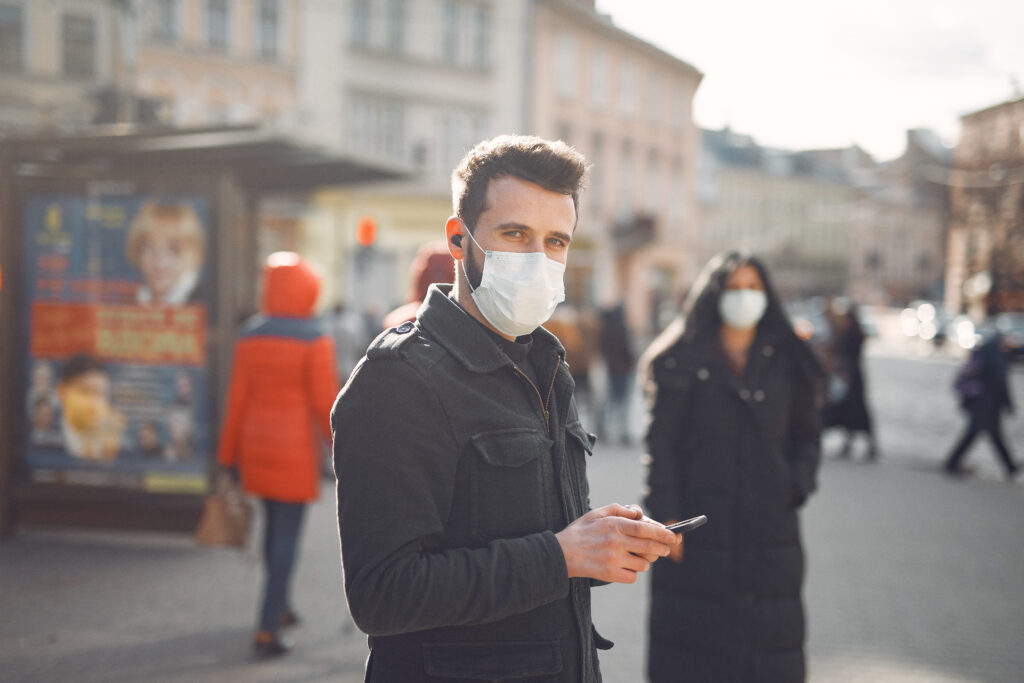A Breath of Fresh Air: 4 Ways to Protect Yourself From Air Pollution

Let the clean air blow the cobwebs from your body. Air is medicine. Lillian Russell Tweet Food, water, air. Each is necessary for our body to function. When we go to the grocery store, we often consider which foods to buy for a healthy diet. Or purchase a new water bottle on Amazon to stimulate […]
5 Tips for Managing Stress

5 Tips for Managing Stress “I promise you nothing is as chaotic as it seems. Nothing is worth diminishing your health. Nothing is worth poisoning yourself into stress, anxiety, and fear.” – Steve Maraboli May is Mental Health Awareness Month! For many of us, it can feel like stress rules our lives—trying to manage kids’ […]
Is That a Lion Coming My Way? Managing our Stress Responses

Imagine that you’re in the grassy plains a few thousand years back. You’re out alone, gathering plants, when you notice a looming figure in the distance – it’s a hungry lion! As you see it, it sees you. With no weapons on hand, in an instant, your body charges up and you’re sprinting to get […]
The 5-Minute Morning Routine for a Fantastic Day
“How you wake up each day dramatically affects your level of success in every single area of your life.” – Hal Elrod, Author I listened to an interesting podcast on a 5-minute morning routine that anyone can implement and follow. The routine framework is based on Dr. Rangan Chatterjee’s book: Happy Mind, Happy Life: The […]
Seasonal Allergies and What to Do About Them
Is your medicine cabinet stocked with anti-histamines and allergy medications around pollen season? And do Paul Simon’s ‘Allergy’ lyrics ring true to you? “Maladies, remedies,.. still the allergies remain….” Most people assume pollen is responsible for allergies but foods, insect bites, domestic pets, mold, chemicals and smoke can all trigger a histamine response. Histamines are […]
The Importance of Self-Care Part 1

We all know that the choices that we make, even seemingly small ones, can have a big impact on our health. Incremental efforts add up like little steps which over time can amount to skyscraper-height changes! The key to making these positive, lasting changes is patience (sprinkled with kindness). If you’re making the shift towards […]
Cada respiración que tomas: 5 formas de mantener la calma

Has escuchado el consejo, “respira hondo” en momentos de ansiedad, incertidumbre y estrés. Las técnicas de respiración activa se han utilizado durante siglos para calmar el sistema nervioso (activando el sistema parasimpático) y reducir el ritmo cardíaco. La belleza de la respiración es que estos ejercicios sutiles se vuelven más efectivos con la repetición y […]
Consejos de prevención de COVID amigables con los pulmones

Incluso si ha tenido COVID-19 y ha recibido la doble vacuna, no lo hace a prueba de balas contra el virus, ya que estas protecciones disminuyen con el tiempo. Además, siempre surgen nuevas variantes, como Delta y la última, Omicron. Entonces, a menos que quiera vivir en una burbuja, necesita formas de apoyar la inmunidad […]
Lung-friendly COVID Prevention Tips

Even if you’ve had COVID-19 and been double vaccinated, it doesn’t make you bulletproof against the virus as these protections wane over time. Plus there’s always new variants emerging such as Delta and the latest, Omicron. So unless you want to live in a bubble, you need ways to support your body’s natural immunity and […]
Every Breath You Take – 5 Ways to Keep Calm

You’ve heard the advice, “take a deep breath” during times of anxiety, uncertainty and stress. Active breathing techniques have been used over the centuries to calm the nervous sytem (activating the parasympathetic system) and reduce our heart rate. The beauty of breathing is that these subtle exercises become more effective with repetition and practice so […]
